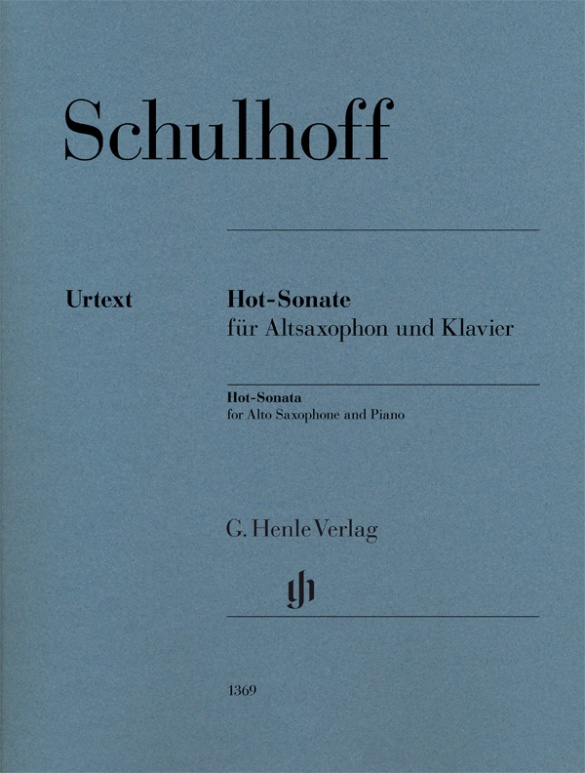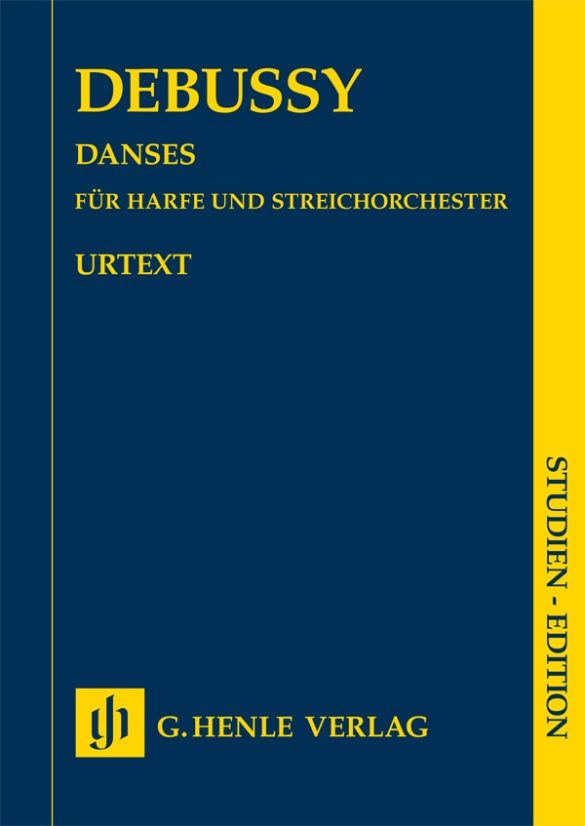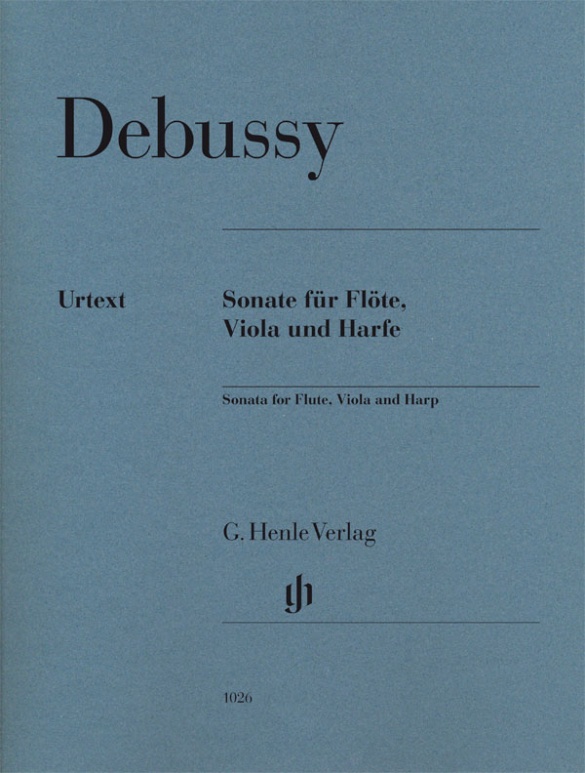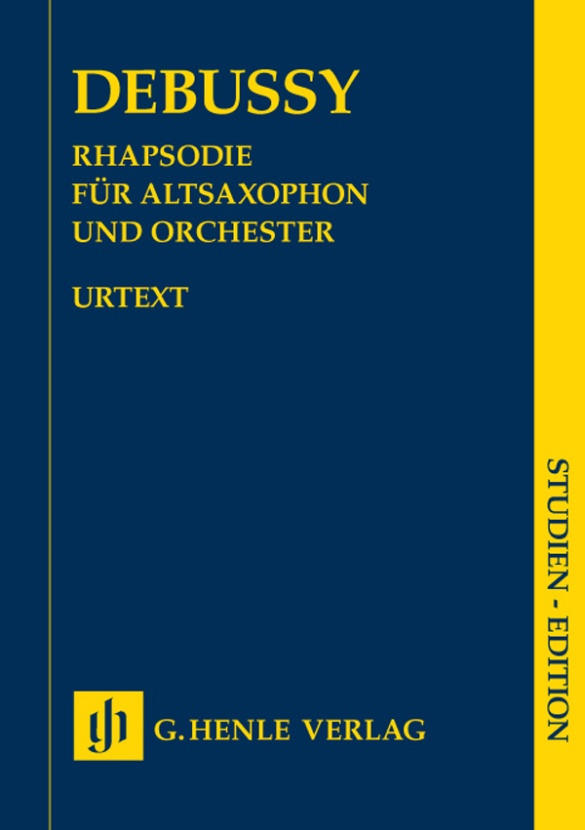

Claude Debussy
Rhapsody for Alto Saxophone and Orchestra
Debussy’s Rhapsody was commissioned by the wealthy amateur Elise Hall, who paid the composer a considerable sum in advance. Yet work on it was not easy; following his death all that existed was a finished orchestral sketch, a short score.
Debussy’s friend Jean Roger-Ducasse undertook versions for piano and orchestra based on the sole authentic source. Ever since its first performance in Paris in 1919,
both of these versions of the work have formed part of the saxophone’s core repertoire. Our study score contains the first transcription of the autograph in printed form. It is a valuable addition to our Urtext edition for practical music making (HN 989).
Content/Details
About the Composer
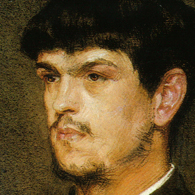
Claude Debussy
Most important French composer around 1900, whose music, primarily characterized by its sound, exhibits profound innovations. His oeuvre bears a close relationship to Symbolism.
About the Authors
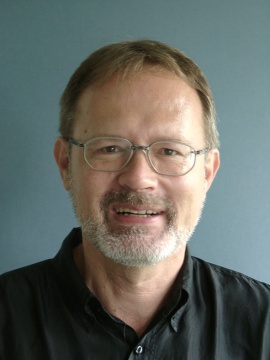
Ernst-Günter Heinemann (Editor)
Dr. Ernst-Günter Heinemann, born in 1945 in Bad Marienberg (Westerwald), completed his schooling in Gießen and read musicology, philosophy and German in Marburg and Frankfurt/Main and also for some time Protestant church music. He did his doctorate on “Franz Liszts geistliche Musik. Zum Konflikt von Kunst und Engagement”.
From 1978–2010 Heinemann worked as an editor at G. Henle Publishers (in 1978 in Duisburg, from 1979 onwards in Munich). He edited a great many Urtext editions for the publishing house, including “Das Wohltemperierte Klavier”, Volume 1 by Bach and all of Debussy’s piano works. In addition, he wrote essays on Debussy, Grieg, Liszt, Mendelssohn and questions concerning general editing, as well as giving seminars on editorial practice for musicology students in Munich.
Product Safety Informations (GPSR)

G. Henle Verlag
Here you can find the information about the manufacturer of the product.G. Henle Verlag e.K.
Forstenrieder Allee 122
81476 München
Germany
info@henle.de
www.henle.com
Eine abschliessende Antwort zu der von Debussy unvollendet verlassenen "Baustelle Rhapsodie" erhalten zu wollen, wäre vermessen gewesen. Einige interessante, für die Interpretation bedeutsame Aspekte bringt die von Ernst-Günter Heinemann betreute Ausgabe auf jeden Fall. Pflichtlektüre!
Schweizer Musikzeitung, 2011推荐
autogenerated_cross_selling
本书目其他版本
本书目其他版本


